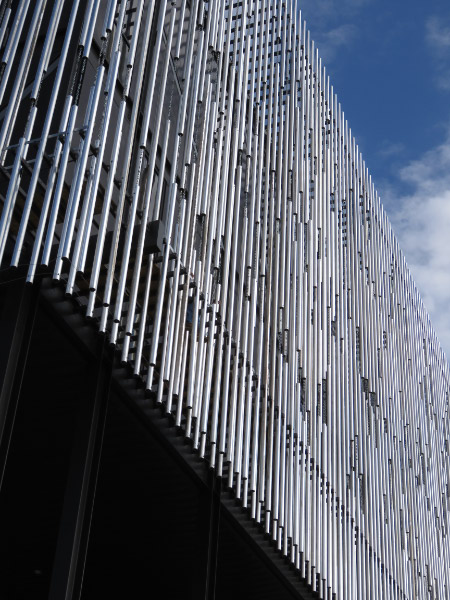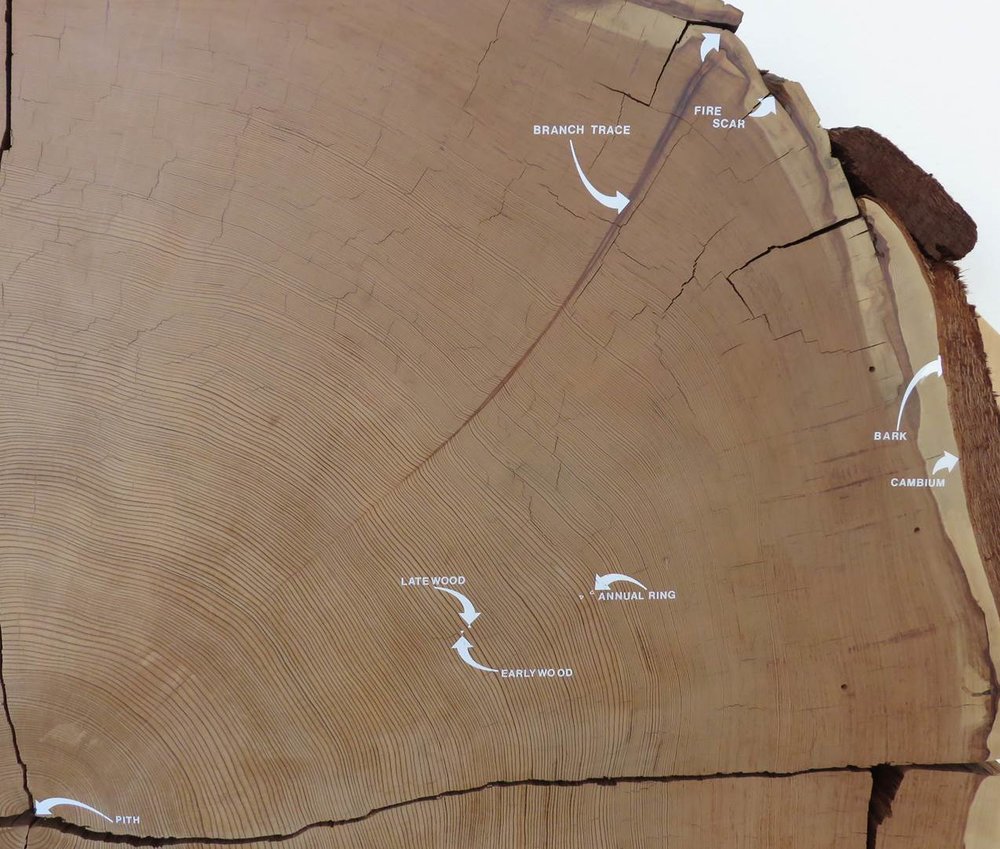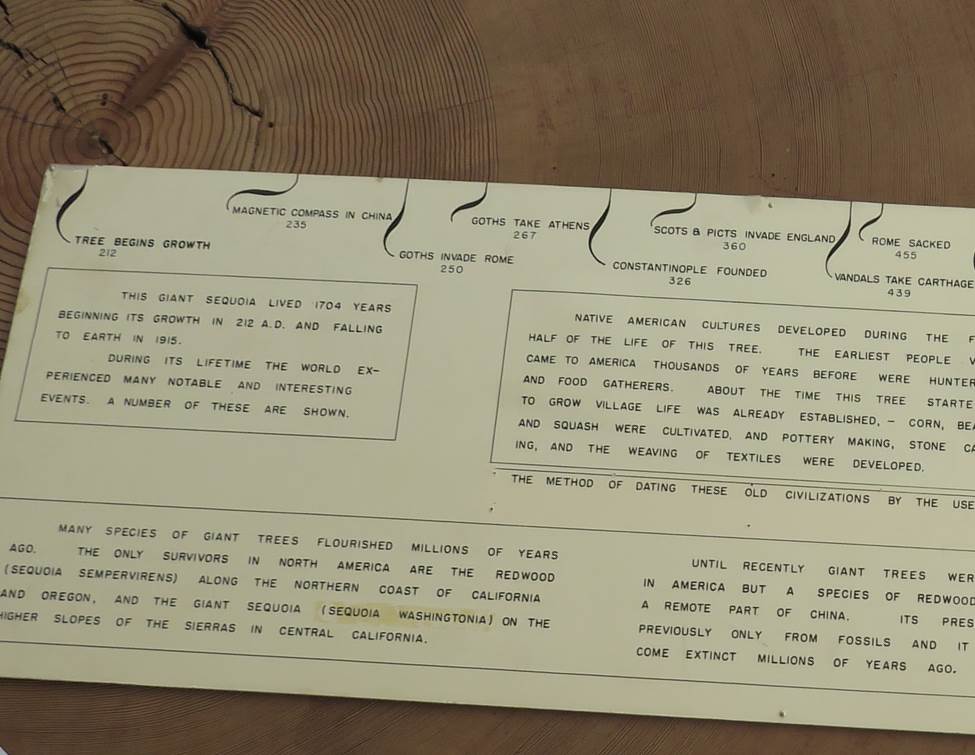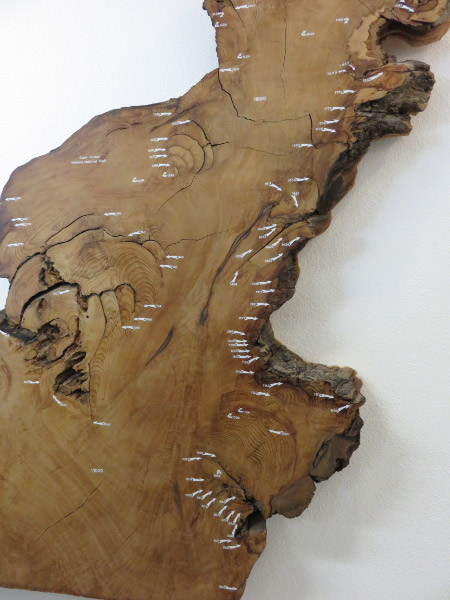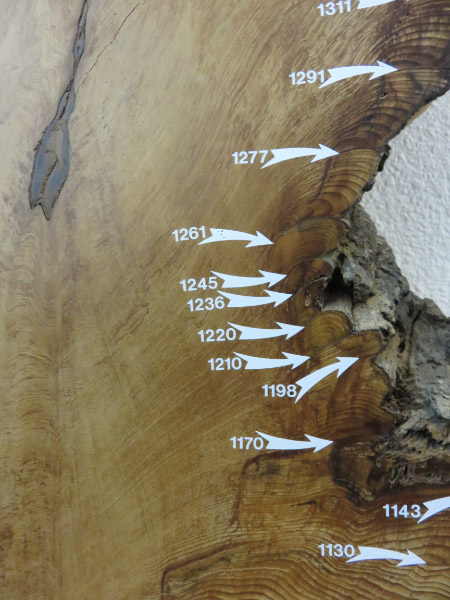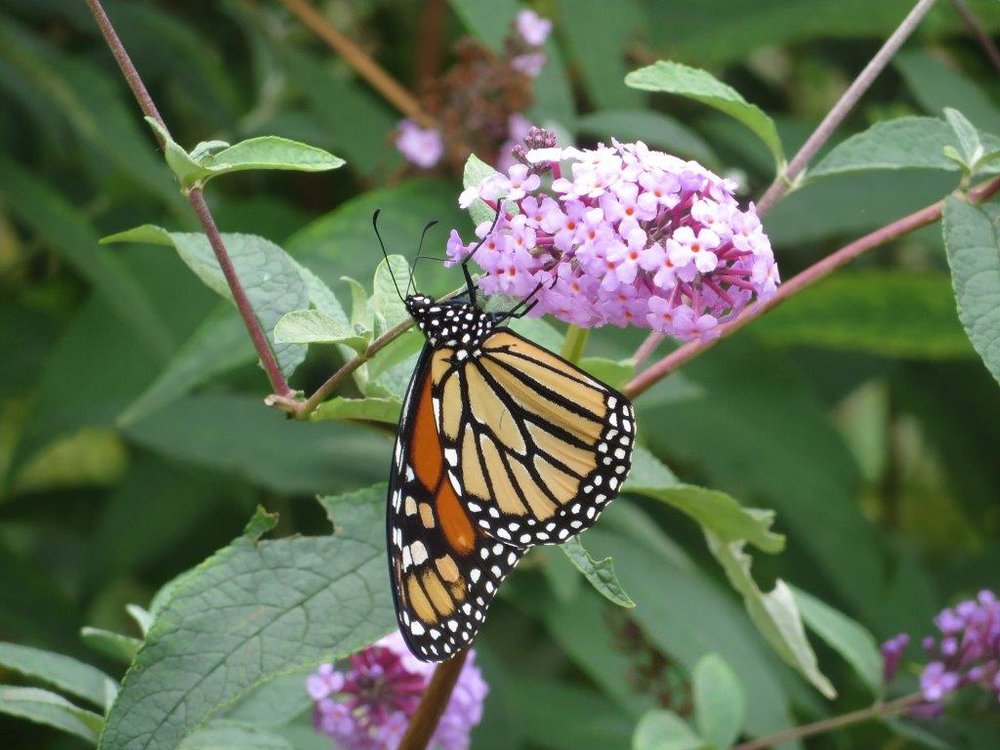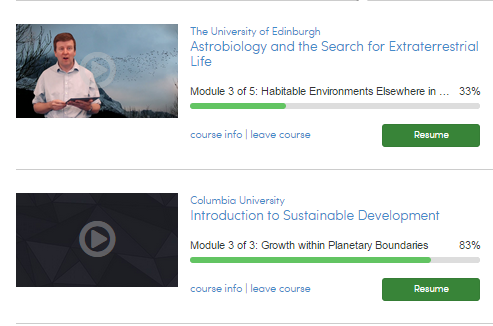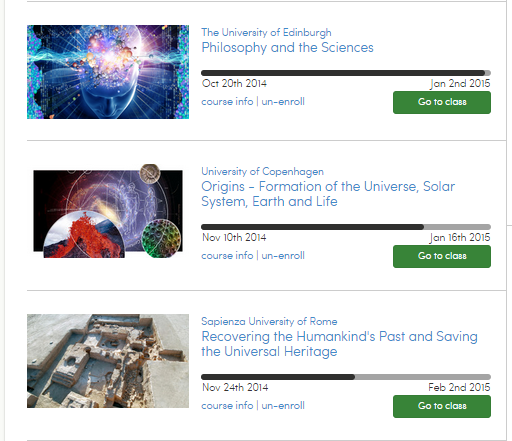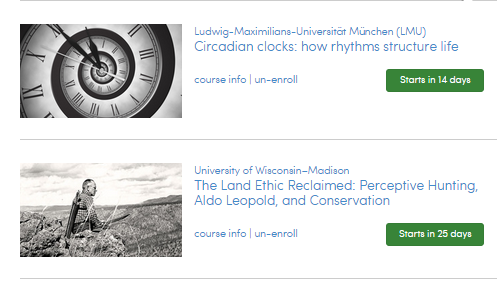Ten Days of Little Celebrations - January 2015
/Noticing something worth celebration each day is an easy thing for me to do. The habit of writing it down reminds me to be grateful for these and a myriad of other things in my life. This month has been full of ‘little celebrations’ - as had been the usual for the past few months. Here are my top 10 for January 2015.
Winter
Snow in Tucson. The year started off with a pictures from my daughter of the snow they got --- on the palms and cactus near their apartment. It was a beautiful scene to celebrate the New Year.
Fox. A healthy looking red fox walked through our back yard then trotted behind several other houses before turning into the forest. I watched from the window of my office - celebrating the grace of the animal as it moved through the winter landscape.
Fog. The forest and our neighborhood filled with fog. The temperature was in the upper 30s. It seemed like the fog damped sound as effectively as it did sight - celebrating a warm house in the isolation of winter.
Snow. Snow that falls when I can simply stay at home until it melts or the streets are cleared by the plows is my favorite kind of day. It is the classic winter scene worth celebrating.
Other
Dishwasher. Our dishwasher became very loud so we arranged for servicing - anticipating that it would have to be replaced. Hurray! It was quickly fixed and our kitchen is a quieter place.
Zentangle® class. I saw a blurb about a Zentangle class offered at the local 50+ Community Center. It was a good incentive to investigate the place! I’ve been to the first of four class sessions and am enjoying daily ‘tangling’. I’ll post a slide show of my creations once I’ve accumulated a few more. I’m celebrating both the class and learning about the 50+ Community Center.
Arizona and Tucson
Bald Eagle. In recent years, the bald eagle population has increased on the east coast and we see them more often….but when I saw one as we drove into Grand Canyon National Park - settling into the top of a pine tree - it was a first sighting in the west for me. Hurray!
Grand Canyon. Awesome place. I’ve been there before --- it is worth celebrating again and again.
Painted Desert/Petrified Forest. The times I’d been before were in summer and late spring. This time it was decidedly cool/cold. The colors were deeper in Painted Desert because it had snowed/rained. The Petrified Forest glistened when the sun came from behind the clouds. Both places are special…and worth celebrating.
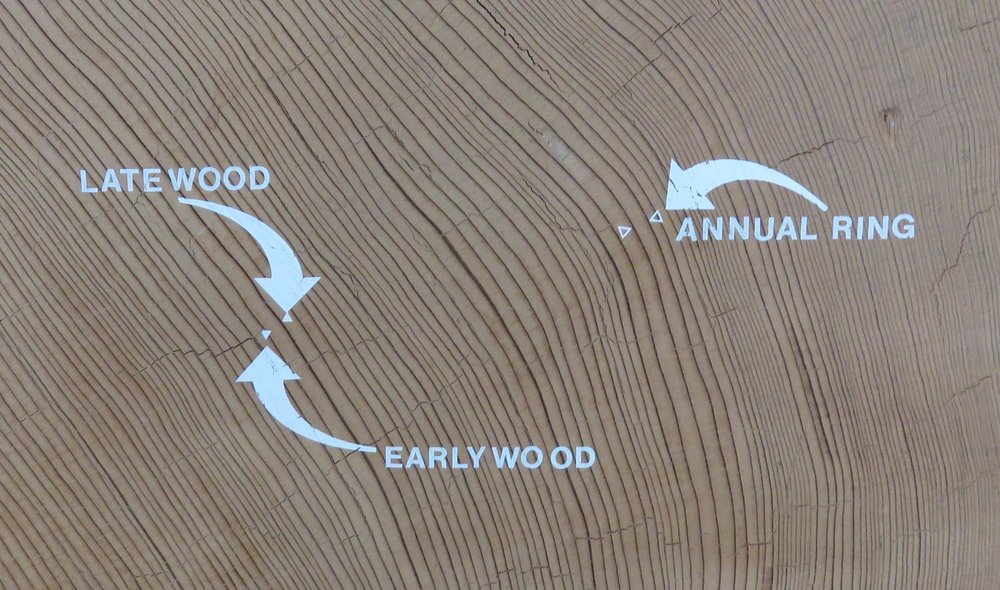
Tree Ring Lab. I’m celebrating that the place lived up to my expectations - interesting from scientific, architectural and historical perspectives. If I lived in Tucson - I’d sign up as a volunteer docent.




